50 Japanese Foods to Try While You Are in Japan
In many countries, Japanese food typically meant sushi, sukiyaki and tempura, but now Japanese gourmet foods are making a name for themselves all around the world! No matter your tastes, you'll love eating your way through Japan. Here, we would like to introduce some of the most delicious Japanese dishes and foods to try during your stay in Japan.
tetuya.asakura
Apr 03 2015 (Sep 09 2020)
1. Sushi
Norio NAKAYAMA/FlickrSushi is a traditional Japanese food made by combining vinegar rice and seafood (although sometimes other ingredients are also used). There is a type of fermented sushi, known as nare-zushi, but the most typical types of sushi are nigiri-zushi and temaki-zushi.
There are plenty of other ingredients available for those who do not like raw fish, including boiled prawns and grilled conger eel. You can find sushi all around Japan, but the sushi from restaurants in high class areas like Ginza or close to fishing ports is especially delicious. If you are looking to eat cheaply, you can visit a kaitenzushi, or conveyor belt sushi restaurant, where you can enjoy sushi for 100 yen a plate.
Don't miss our Ultimate Sushi Guide for important manners and tips you'll need to know when eating sushi in Japan!
2. Tempura
Tommy C/FlickrTempura is a Japanese dish made from seafood, fresh vegetables and other ingredients dipped in a flour and egg batter and fried in oil. While you can enjoy tempura at all sorts of restaurants, if you want to try it at its best, we recommend going to a specialist tempura restaurant, where each dish will be brought to your table as soon as it is ready, even if you order a lot!
3. Sukiyaki
㌍㍍ a.k.a. d.Joker/FlickrSukiyaki is a Japanese dish in which meat and vegetables are stewed in an iron pot. The sauce, known as warishita, is made from soy sauce and sugar. There is a lot of variation in the ingredients and way of eating the dish depending on the region, with some areas mixing beaten egg into the sauce to create a milder flavor. If you are looking to enjoy a lot of great beef, this is the dish for you!
4. Ramen
5. Curry rice
While curry has its origins in India, the curry we eat in Japan is a unique, localized dish based on the curry brought over to Japan from the UK. Made with meat and vegetables (carrots, potatoes, onions, etc.) flavored with curry powder, stewed, and served with rice. Sometimes fried foods, such as pork cutlets, are placed on top of the dish. While there are some specialist curry restaurants, you typically won't have any problems with the curry at a regular restaurant or chain restaurant.
6. Tonkatsu
hirotomo t/FlickrTonkatsu is a popular Japanese dish based on western pork cutlets, where a thick slice of pork is dipped in a flour and beaten egg batter, coated in breadcrumbs and fried in oil. There are both sirloin and fillet tonkatsu, with the fillet tonlatsu being more expensive. While quite tasty even at a cheap restaurant, we really recommend trying tonkatsu at a specialist restaurant.
7. Soba
This traditional Japanese food is a dish of noodles is made from soba (buckwheat) flour eaten with a soy sauce and sugar sauce, and toppings such as egg, tempura or other ingredients. The noodles you get from a soba noodle shop will be particularly good, but very expensive, so it might be good to try the soba at a standing restaurant. The different dishes and toppings are usually on display in a showcase outside the restaurant, making it easy to decided what to order.
8. Udon
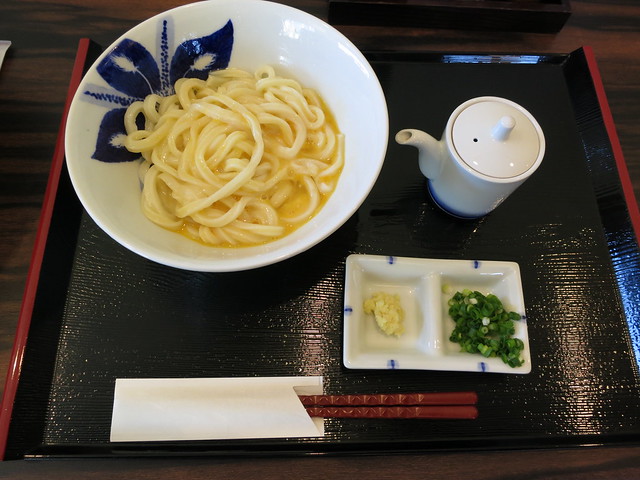 Norio NAKAYAMA/Flickr
Norio NAKAYAMA/FlickrUdon are noodles made from kneaded wheat flour, and eaten with a sauce made from soy sauce and sugar, similar to soba. You can enjoy udon on at the standing soba restaurants, but as the firmness of the noodles, known as koshi, is a key part of the dish, we really recommend eating it at a specialist udon restaurant. In winter, why not try the delicious noodle stew, known as nabe yaki udon?
9. Karaage
Karaage is chicken seasoned with soy sauce, salt and a number of different spices, sprinkled with starch and fried in oil. It is like the Japanese version of fried chicken, but the flavor is very different. There are a lot of local variations, with for example chicken nanban in Miyazaki, where the karaage are covered with tartare sauce, and tebasaki in Nagoya, where the karaage are covered in a sweet and spicy sauce. We definitely recommend trying these out!
10. Yakitori
11. Yakiniku
Norio NAKAYAMA/FlickrYakiniku is a dish in which beef dipped in a sauce, and grilled directly over a fire. The freshness of the meat is very important to the dish. By lightly grilling the dish, you can enjoy the soft flavor of Japanese beef. The most popular dishes are sirloin (known as rosu in Japanese) and kalbi (Korean-style marinated meat), but at a yakiniku restaurant you can enjoy all sorts of different types of meat. The price of the meat depends on the quality, so if you want to try real yakiniku, we recommend going once to a high-class yakiniku restaurant. If you want to know more, our Ultimate Yakiniku Guide has you covered!
12. Sashimi
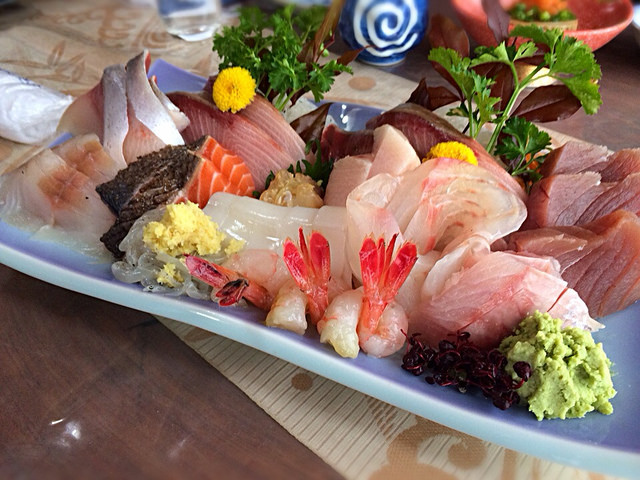 hirotomo t/Flickr
hirotomo t/FlickrSashimi is a traditional Japanese food made of raw selfish cut into small pieces and served with soy sauce. By adding condiments like wasabi or ginger, sashimi becomes even more delicious. You can enjoy sashimi in places other than Japan, but the level of freshness is different. If you are looking for somewhere cheap to enjoy sashimi, why not try a set meal at a restaurant near a fishing port, but if you’re willing to spend a little more, you should visit a sushi restaurant or a traditional Japanese restaurant - we guarantee you won’t be disappointed! If you stay at a Japanese inn, you will probably find sashimi on the menu there.
13. Robatayaki
Robatayaki is not quite a type of food, but more of a type of restaurant. At the restaurant, fish and vegetables are cooked over the fireplace and handed to customers with a large wooden spoon, known as a horikaeshibera. The ingredients are cooked directly on the charcoal, giving them a unique flavor. Robatayaki restaurants also have a unique code when ordering. For example, if you ask for a potato, or jagaimo in Japanese, the waiter/waitress will call out, Jagaimo ippatsu! for the order rather than the regular ikko counter.
14. Shabushabu
A dish in which meat and vegetables are boiled in water flavored with a stock of konbu and other ingredients. The typical dipping sauce for shabushabu is either a ponzu or sesame based sauce. The key to the dish is lightly submerging the meat in the water before eating. You can order both beef and pork, and additional orders are possible, and we definitely want you to try the pork as well. There are also cases where udon noodles are added to the dish at the end of the meal. Unlike some of the other dishes, you can’t really find shabushabu in non-specialized restaurants, although a few sukiyaki restaurants do offer shabushabu as well.
15. Gyutanyaki
A dish from Sendai where the beef tongue (gyutan) is prepared in a special way that softens the meat, and because of this, you can only find it in special beef tongue restaurants. In a typical dish, you will usually have rice cooked with barley (mugimeshi) and a beef tale soup along with the beef tongue. With the mugimeshi, you will usually be served tororo, or grated yam, along with various pickles, such as white cabbage or chili peppers peserved in miso. Different to beef tongue in yakiniku restaurants, the beef tongue in special gyutan restaurants is quite thick.
16. Kaiseki Ryori
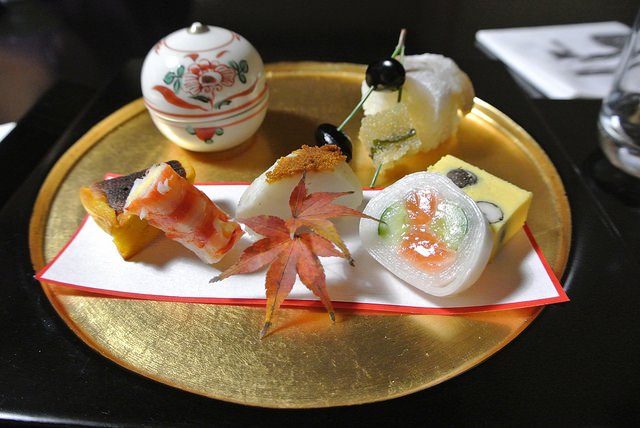 PYONKO OMEYAMA/Flickr
PYONKO OMEYAMA/FlickrKaiseki ryori is again not a dish itself, but a style of eating most suited to a banquet. The menu for the meal usually consists of ichijusansai (a soup, sashimi, a grilled dish and a cooked dish), in addition to an appetizer (otooshi), fried dishes (agemono), steamed dishes (mushimono), a type of Japanese salad (aemono), and pickled dishes, including others. To close the meal, rice, miso soup, pickles (konomono) and fruit (mizugashi) are served. Naturally, this sort of meal is only available at special kaiseki ryorui restaurants, and a reservation is usually required. On top of this, the price can be very high, which makes it difficult to recommend. On the other hand, you won’t be able to find this outside of Japan, so if your wallet or purse permits, why not visit a kaiseki ryori restaurant during your stay in Japan?
17. Gyudon
A Japanese dish in which a bowl of rice is topped with beef. Gyudon, or beef bowl, has already become a popular dish around the world, but the gyudon you have in Japan may be slightly different to what you find elsewhere. For a start, the quality of the rice is different. While in Japanese gyudon restaurants, the rice they are using is probably not that expensive, but the beef really goes well with Japanese rise. We also recommend pouring beaten egg on top of the beef!
18. Chankonabe
A Japanese food where highly nutritious meat and vegetables are boiled in a large pot. Chankonabe is famous as a dish used by sumo wrestlers to build up their bodies. If you want to try chankonabe, we recommend a restaurant run by a former sumo wrestler.
19. Motsunabe
A famous Japanese dish from Fukuoka in which beef and pork offal meat is cooked in a pot with various vegetable, such as cabbage and Chinese leek, known as nira in Japanese. You can add more ingredients as you cook it, meaning you can eat as much as you want. After finishing the main dish, it is common to add Chinese style noodles, chanpon noodles to the soup, or rice to make a rice gruel from the soup. You can find motsunabe restaurants in Tokyo, but as you can imagine, the flavor is different from the original Fukuoka version.
20. Onigiri
An onigiri is a boiled rice ball lightly salted and often filled with ingredients such as umeboshi (dried plum), salmon or cod roe, all wrapped in a sheet of nori (dried seaweed). To start, we recommend trying the tuna mayonnaise flavored ingot. The21.re are specialist onigiri stores, but you can find them at convenience stores as well, so you can enjoy them whenever and wherever you go. They are surprisingly popular with foreign people.


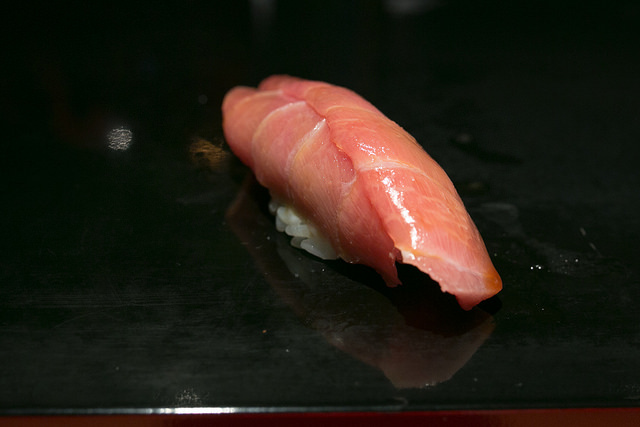
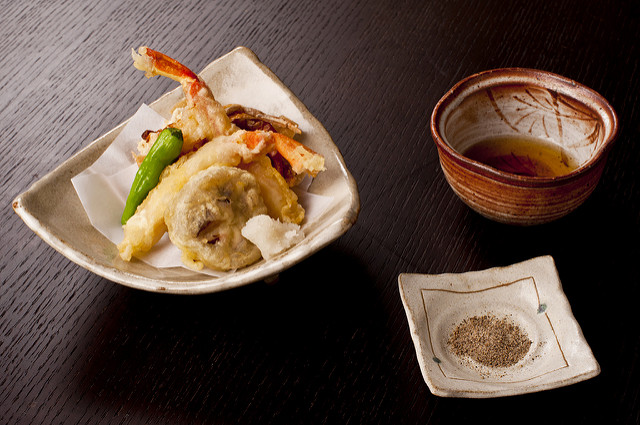
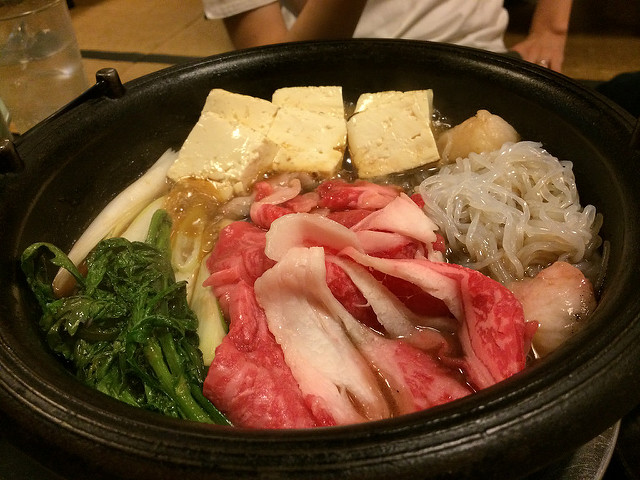


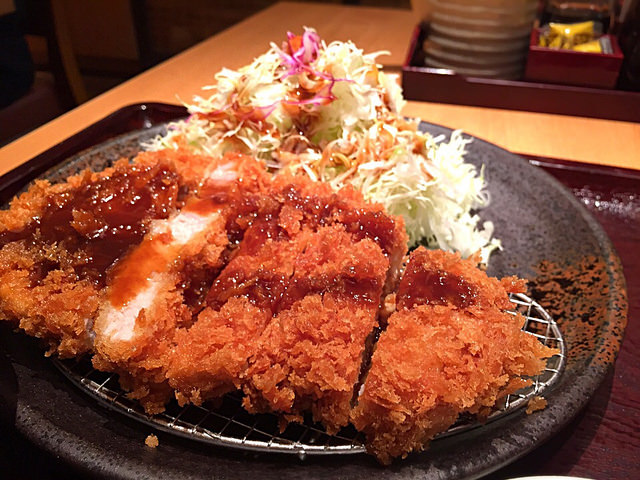


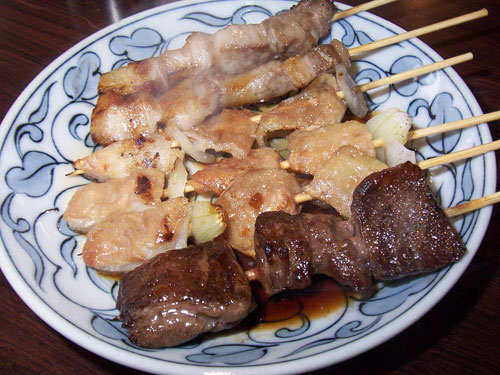
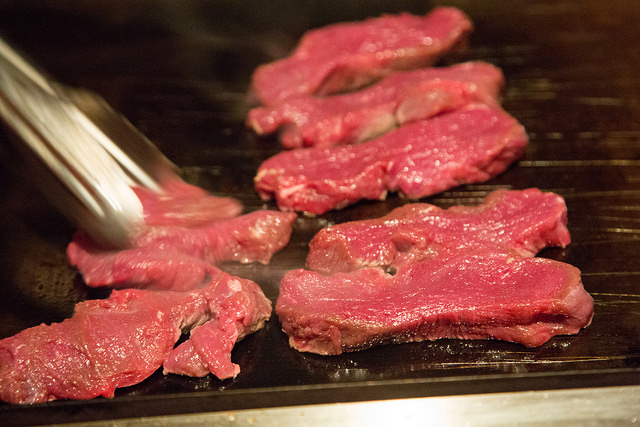











No comments:
Post a Comment